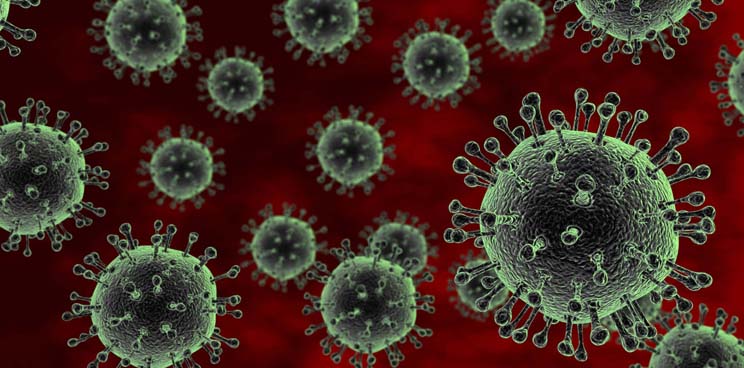What does the bird flu virus have to change in order to takeover the human cell machinery? For the first time, researchers from Imperial College London have identified the pathway that allows Avian flu virus to hop from bird’s to mammalian cells.
![]() Influenza pandemics aren’t easy to predict: outbreaks occur when zoonotic influenza viruses suddenly acquire the ability to infect humans… A new study published in Nature points to the protein ANP32A as the key to switching hosts.
Influenza pandemics aren’t easy to predict: outbreaks occur when zoonotic influenza viruses suddenly acquire the ability to infect humans… A new study published in Nature points to the protein ANP32A as the key to switching hosts.
Once the viruses enters a host cell, the avian virus polymerase use the host’s ANP32A protein as an ‘insider’, allowing the virus to sneakily replicate. This ANP32A protein is present in both humans and bird cells, but in a shorter isoform, which hinders the viruses’ ability to replicate well within the host.
Therefore, the only way bird flu viruses can use the mammalian protein, is carrying a mutation that adapts themselves for the shorter version.

The experiments, that were performed using used hamster-chicken hybrid cells, also revealed that the human ANP32A protein is crucial to the development of the seasonal flu virus. As Jason Long, lead author of the study, stated:
Removing this host protein from cells stopped virus infection, suggesting it is very important for the virus.”
The next stage is to therefore start investigating treatments that may block this specific interaction between virus and cell, with the hope of ‘stopping the virus in its tracks’.

The work was funded by the BBSRC through a sLoLa award. The sLoLa (Strategic Longer and Larger grants) aims to improve the current knowledge about viruses that infect poultry, because of the importance of this meat in the food supply chain.
Besides, apart from the effect of a viral outbreak in poultry may have on the economy (and jeopardizing food security), the greatest concern for human health is the current conditions which could one day give rise to the next flu pandemic for humans…





